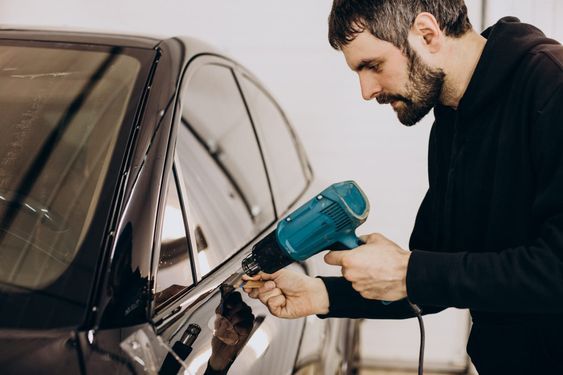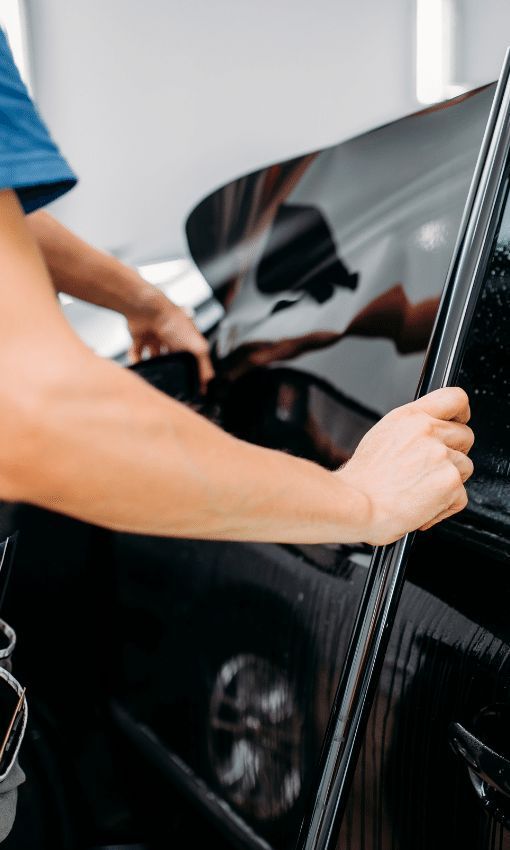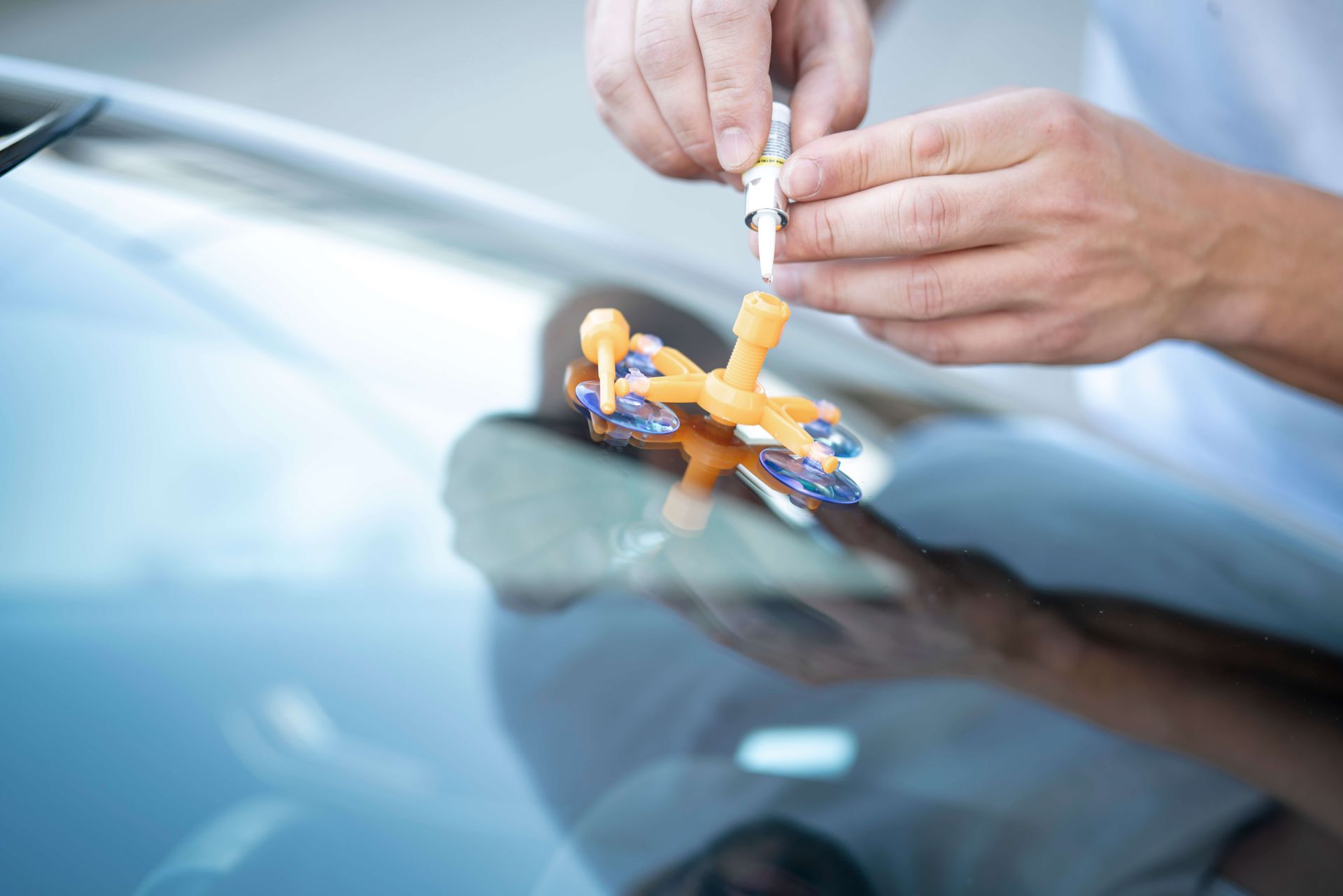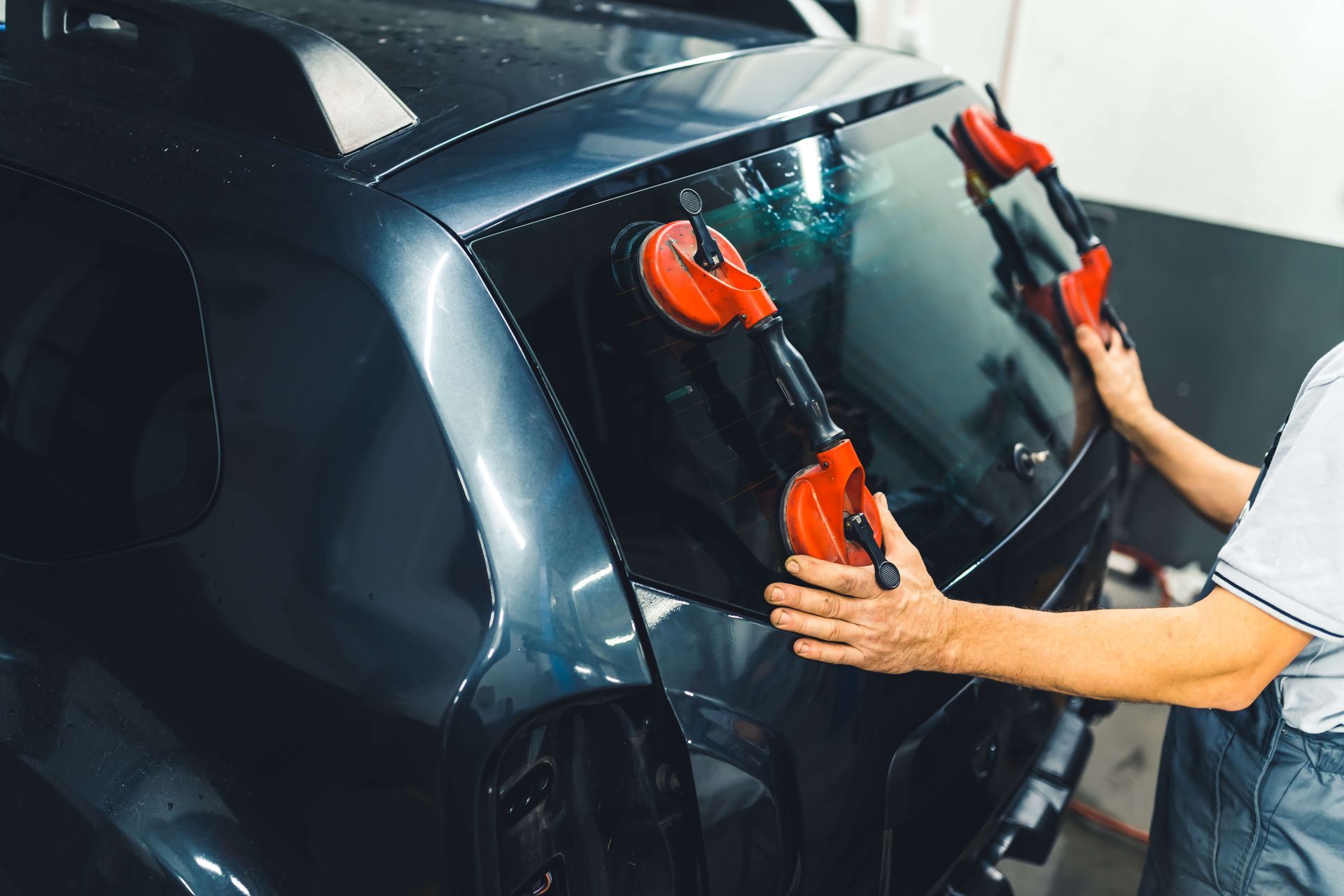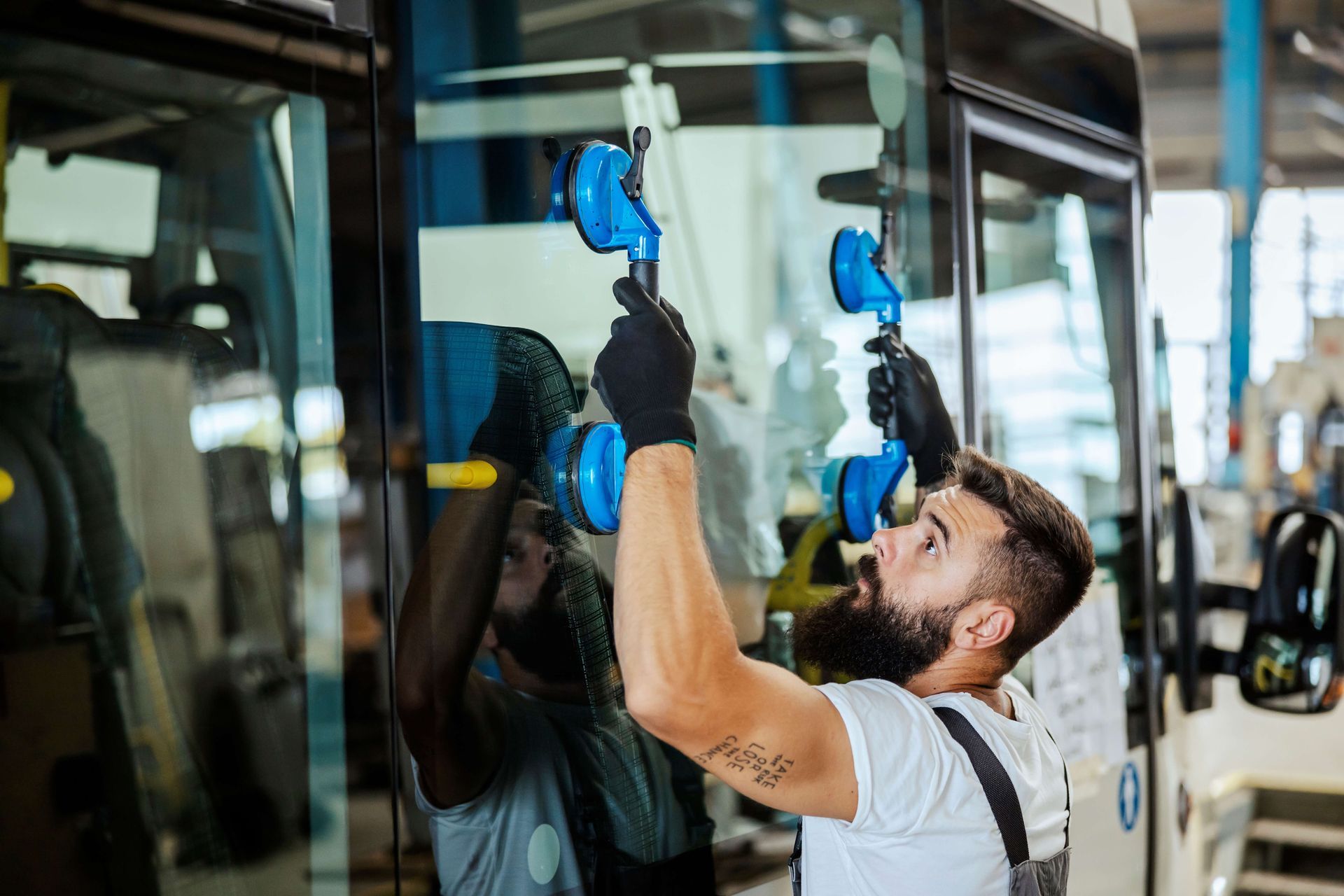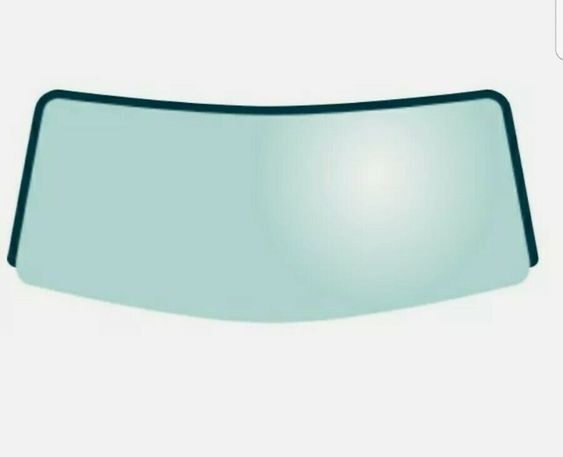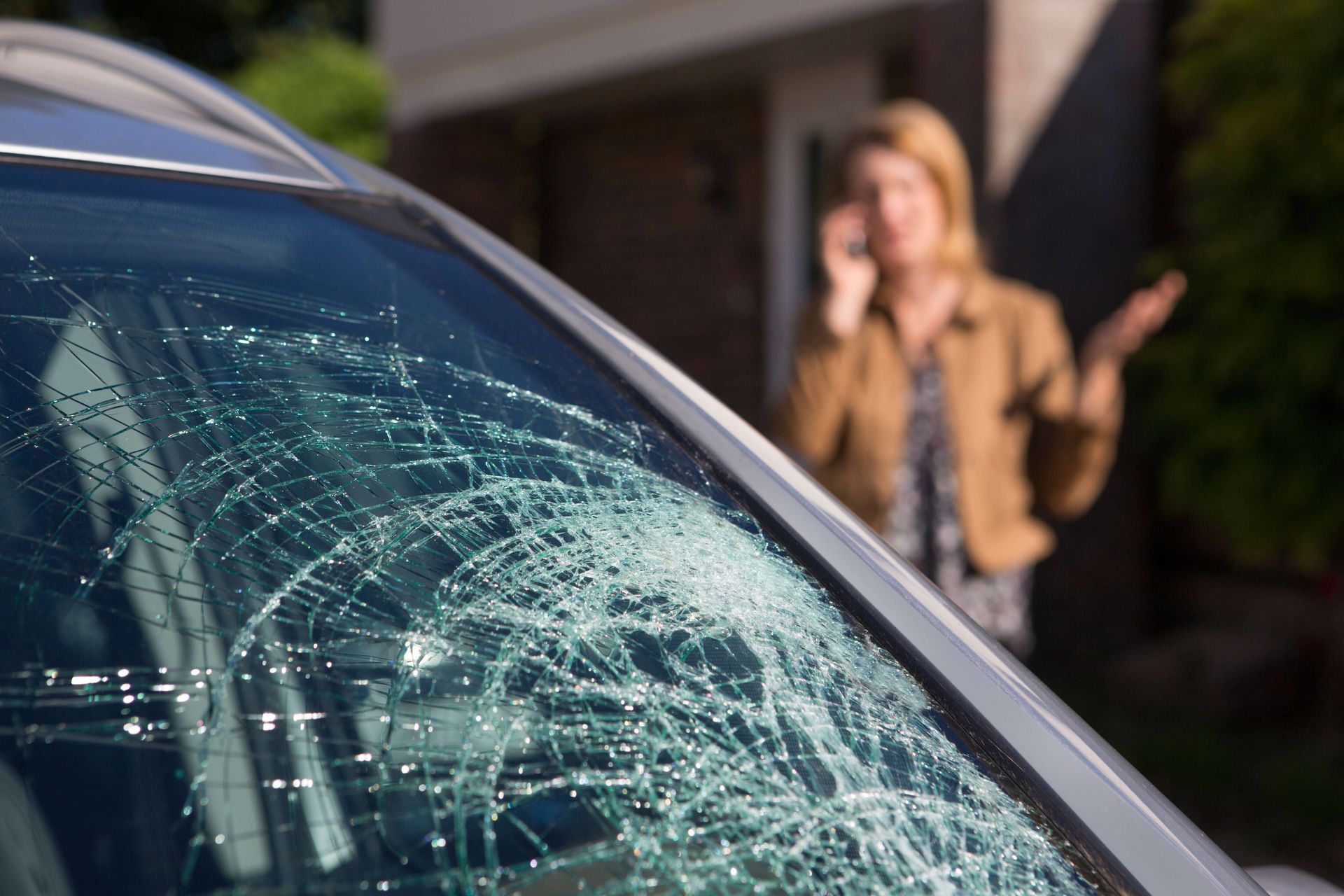Windscreen Crack Patterns: What They Mean
Windscreen cracks are more than surface-level issues; they are windows into the complex science of fracture mechanics, revealing the forces and conditions that lead to their formation. These cracks provide critical insights into how materials behave under stress, offering valuable information about the type of impact, the magnitude of force, and the vulnerabilities of the glass. By understanding windscreen crack patterns, drivers and auto repair professionals can better determine the cause of damage, assess its severity, and decide on the best course of action—whether it’s a minor
quality repair or a complete replacement. From the microscopic details of fracture surface features to the measurable effects of the stress intensity factor, each crack tells a unique story about the crack initiation, subsequent crack growth, and ultimate failure. This deeper understanding not only aids in maintaining the vehicle’s structural integrity but also enhances road safety by addressing potential risks before they escalate.
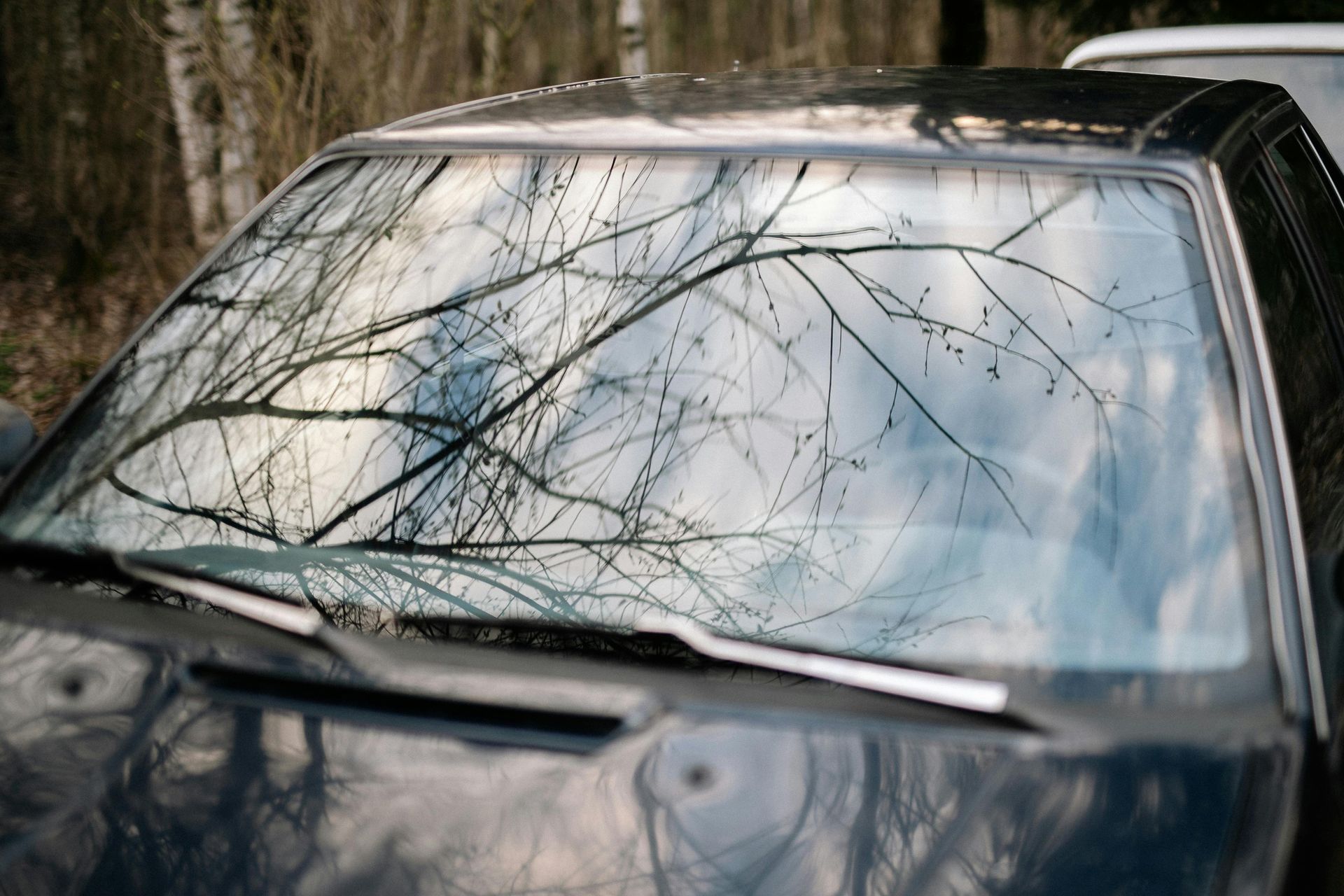
Common Windscreen Crack Patterns and Their Causes
Cracks on a windscreen are not random; they follow predictable crack patterns influenced by the fracture energy and material properties of the glass. Here are the most common patterns and what they mean:
1. Star Breaks
Characterized by a central point with radiating straight lines, star breaks result from concentrated impacts, such as gravel strikes or small projectiles hitting the windscreen at high speeds. The tensile strength of the glass is exceeded at the point of impact, causing immediate crack initiation. These cracks often originate in areas where the glass experiences localized high stress, and their spread is influenced by the stress intensity factor, which measures the force driving the crack growth. If left unattended, star breaks can exhibit dynamic instability, with cracks propagating unpredictably under additional forces such as temperature changes, vibrations, or wind pressure. Over time, this compromises the structural integrity of the windscreen and increases the risk of complete failure.
2. Bullseye Cracks
A circular pattern, bullseye cracks form when an object strikes the windscreen with significant force, such as a rock or hail. This type of damage typically occurs when the fracture energy is concentrated at a single point, causing localized failure. The fracture surface of a bullseye crack is often smooth, with concentric rings that indicate low levels of tensile strain at the edges of the crack. However, the circular shape can create stress concentrations, which may lead to secondary crack initiation along the edges if the damage is subjected to repeated stress or temperature fluctuations. Bullseye cracks are particularly problematic because their circular nature can obscure vision, and their symmetrical design allows for rapid crack growth if not repaired promptly.
3. Combination Cracks
When multiple forces act simultaneously or sequentially, the resulting crack patterns often exhibit characteristics of both star breaks and bullseye cracks, creating what are known as combination cracks. These cracks may begin with a central impact point (as in a star break) and develop circular or semicircular patterns (similar to a bullseye) due to stress redistribution. The elastic modulus of the glass plays a significant role in determining how these cracks propagate, as it influences the material’s ability to deform under stress. Combination cracks are also more likely to show irregular fracture surface features, as the interactions of multiple forces can lead to complex crack paths. Without intervention, combination cracks can exhibit accelerated crack growth, as the overlapping stresses create weak points that exacerbate the damage.
Edge cracks originate near the windscreen’s periphery, where stress concentration is highest due to proximity to mounting points and inherent structural vulnerabilities. These cracks often result from poor installation, such as uneven adhesive application or improper alignment, and can also stem from preexisting weaknesses like chips or microfractures. High tensile strain at the edges, amplified by external factors such as temperature changes, vehicle vibrations, or road impacts, drives their failure mode and accelerates crack growth. The irregular fracture surface of edge cracks highlights the varied stresses they endure, ultimately compromising the windscreen’s structural integrity. Left untreated, edge cracks often propagate rapidly, making full replacement necessary in many cases.
How Windscreen Cracks Worsen
Understanding fracture surface features and crack path development requires delving into the physics of glass damage. Here’s a closer look at some critical factors:
1. Fracture Surface
The fracture surface of a crack provides critical insights into the type and severity of damage, acting as a visual record of how the crack formed and propagated. Smooth, mirror-like surfaces indicate rapid failure due to a sudden impact, where the fracture energy was concentrated at a single point, causing the glass to break without significant resistance. Conversely, rough and uneven surfaces suggest slower crack growth under sustained stress, such as prolonged vibrations or temperature fluctuations. These features often highlight variations in the crack path, offering clues about the forces at play and the material’s response under different conditions.
2. Crack Initiation
Cracks typically occur when the applied stress exceeds the glass's tensile strength, initiating a fracture at the weakest point. Crack initiation is influenced by various factors, including sudden impact forces, thermal expansion, or preexisting defects like chips or scratches. The location and mechanism of initiation often depend on the glass’s elastic modulus, which determines how the material deforms under stress. External elements such as debris strikes, weather conditions, and improper installation also play a role in triggering cracks, particularly along edges or stress-concentrated areas.
3. Crack Growth
After crack initiation, the propagation of the fracture depends on the stress intensity factor, which quantifies the driving force behind the crack's progression. The rate of crack growth is also influenced by the available fracture energy and external stresses, such as wind pressure, road vibrations, and thermal cycling. In windscreens, cracks often follow a predictable crack path, determined by the material’s structural properties and external forces. If these forces remain unchecked, the crack can grow rapidly, compromising the windscreen’s structural integrity and increasing the risk of complete failure.
4. Dynamic Instability
Dynamic instability occurs when cracks exhibit sudden, unpredictable growth due to an imbalance between the energy driving the crack and the material's ability to resist it. This phenomenon often arises when the forces acting on the windscreen, such as highspeed vibrations or abrupt temperature changes, overwhelm the glass's inherent resistance. During dynamic instability, the crack propagation accelerates rapidly, creating irregular fracture surface features and significantly reducing the windscreen’s loadbearing capacity. If not addressed promptly, this instability can lead to catastrophic failure, posing serious safety risks for the driver and passengers.
Why Crack Patterns Matter
From a practical perspective, understanding and identifying windscreen crack patterns is vital for ensuring safety, cost efficiency, and the preservation of the vehicle’s structural integrity. Here’s why it’s essential:
● Safety: Certain cracks, such as edge cracks, not only compromise the windscreen’s loadbearing capacity but also increase the risk of dynamic instability, where rapid and unpredictable crack growth can lead to complete glass failure. Addressing these issues promptly ensures the windscreen can withstand external forces like wind pressure and road vibrations.
● Cost Efficiency: Early detection of cracks, whether they are minor star breaks or developing bullseye cracks, allows for timely intervention, often limiting repairs to a simple fix rather than a full replacement. Identifying fracture surface features and the stage of the damage can guide technicians in choosing the most cost-effective solution.
● Structural Integrity: The windscreen is a critical safety component, contributing to the vehicle's overall strength and stability. Ignoring damage can lead to catastrophic failure during an accident, as cracks compromise its ability to absorb impact and maintain tensile strength. Repairing or replacing damaged glass ensures the vehicle’s structural integrity is not compromised, protecting passengers during collisions.
Conclusion
Understanding windscreen crack patterns goes beyond aesthetics—it is a crucial aspect of maintaining safety, functionality, and cost-efficiency for any vehicle. By analyzing the fracture surface features, technicians can determine the cause of damage, predict the progression of crack growth, and decide on the best repair or replacement strategy. Recognizing patterns such as star breaks, bullseye cracks, or edge cracks allows for targeted interventions that restore the windscreen’s structural integrity and ensure passenger safety.
From a practical perspective, early detection and proper assessment of cracks can prevent the escalation of damage, reducing repair costs and minimizing the risk of sudden failure due to dynamic instability. Key factors like crack initiation, the stress intensity factor, and the fracture energy involved help professionals understand the forces at play and address the root causes effectively.
Neglecting these issues can lead to compromised safety, as the windscreen plays a critical role in absorbing impact and maintaining the vehicle's overall strength. Whether it's repairing minor damage or replacing severely compromised glass, addressing windscreen cracks promptly safeguards both the driver and passengers, ultimately enhancing the vehicle’s longevity and performance. By understanding the science behind these patterns, drivers can make informed decisions and ensure their vehicle remains roadworthy and safe.
About Us – Bankstown Mobile Windscreens
At Bankstown Mobile Windscreens, we specialize in providing professional and reliable auto glass services to the residents of Bankstown and surrounding areas. With over 20 years of experience, our team of skilled technicians is dedicated to delivering top-quality windscreen repair and replacement solutions for all types of vehicles. We use only OEM-quality windscreens that meet Australian Standards, ensuring a perfect fit and long-lasting durability for your vehicle.
Our same-day mobile service makes it convenient for you to get back on the road quickly, with minimal disruption to your day. Whether you drive a car, truck, or any other type of vehicle, we are committed to providing the right solution for your needs. At Bankstown Mobile Windscreens, we pride ourselves on our commitment to safety, quality, and customer satisfaction, ensuring that every job is done right the first time.
